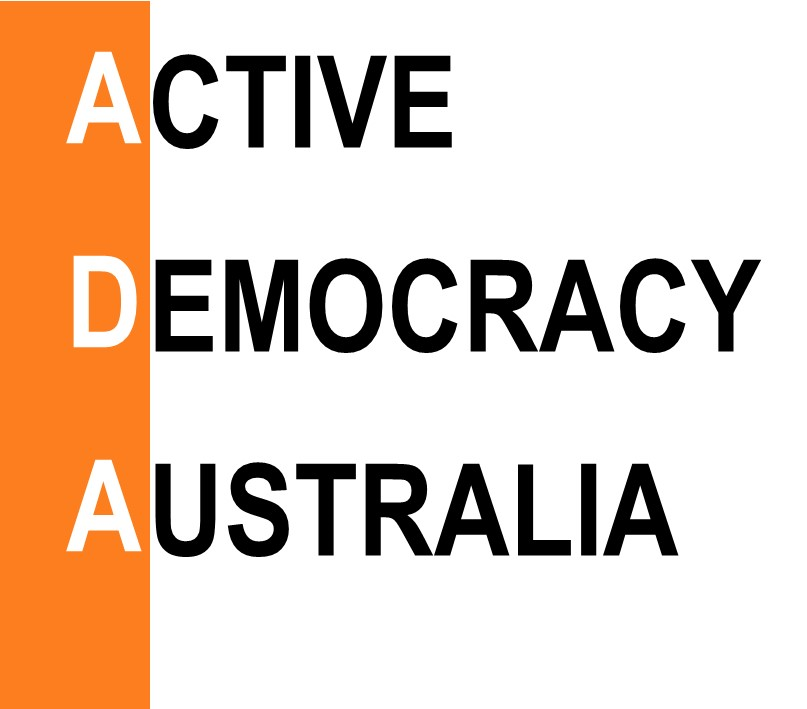Growing the number and representativeness of group participants, and reaching more voters
Your group will generally be more effective the more participants it has, because:
- As a voluntary organisation, it needs participants to do its work.
- More participants mean more personal networks, and thus more people who can be reached by the group, as well as more people who can potentially become participants.
- More participants also mean that the group will tend to be more representative of all voters in the electorate, although additional measures should be taken to increase representativeness.
If you have been involved in community groups or campaigns you will probably be familiar with the sorts of ways they can publicise what they are doing and get people involved – through, for example:
- social media (setting up a Facebook group, perhaps)
- a website
- local media, if any exists, e.g., a local or community newspaper or radio station
- an e-newsletter
- events that you organise, such as kitchen table conversations, deliberative forums, and candidates’ forums
- the group’s presence at community events, and at places people pass or gather, such as the local shopping strip, where you might have a stall, display or information table
- participants’ personal networks
- letterboxing and doorknocking
- contacting local organisations that may want a speaker or have a newsletter.
Looking at some of these channels in more detail:
At any events you arrange, make a point of saying that the work is done by local people and that more participants are always welcome. As well, place on chairs or have available pamphlets about the group, and have sheets for people to leave their names and contact details and say if and how they’d like to be involved and if they want e-newsletter updates.
With regard to personal networks, participants can let family, neighbours, friends, work colleagues and others know what they and the group are doing and invite them to events or to join the group.
Letterboxing and doorknocking are good ways of reaching beyond existing participants’ personal networks or ‘bubbles’. A leaflet in the letterbox can inform residents about the group’s existence or publicise events. Doorknocking is probably best saved till a federal election campaign when politics and voting is more on people’s minds. You can distribute information about the candidates and any pre-election events the group has organised. Some may be reluctant to letterbox because of the paper used, but if you use recycled paper, and given that recipients are likely to recycle the flyers, this is now much less of an issue.
Local organisations often require speakers on regular occasions, and so you may be doing them a favour if you offer to provide one. They may also have an online or paper newsletter and, and if they are sympathetic to your group, they may be willing to put in an item about it. Such organisations can include residents’ groups, parents’ groups, ethnic or religious groups, service clubs, universities of the third age, environment groups and sports or cultural organisations. If participants in your electorate group belong to these groups, consider asking them to make the approach.
Ensuring representativeness
In today’s polarised political environment, those who don’t like what your group is saying may try to paint you as an unrepresentative minority – and they may be right!
To tap into the values, views and needs of the whole electorate, participants in your group need to to be reasonably representative of the electorate’s diversity. And demonstrating this publicly will increase your credibility. How do you do it?
Well, when you start, perhaps with a small group of interested people, you’re unlikely to be very representative of the whole electorate. And this is okay – you have to start somewhere. But from that point, as you grow, you need to be thinking how you can become more representative. Is one gender or age group disproportionately represented? Do most of you live in one part of the electorate? Are you predominantly professionals? Are you disproportionately from Anglo-Saxon backgrounds? And so on. If you’re not sure how representative you are look up your electorate in the Australian Bureau of Statistics ‘Quick Stats’ for your electorate. Google ‘abs quickstats’ plus the name of your electorate. Some seats’ names and boundaries may have changed since the most recent census, but if the name has changed you can look up the old one, and most boundaries changes won’t have been significant in that time.
If you decide that some demographics are significantly underrepresented, you then need to work out how to reach underrepresented sections of the electorate:
- Are there existing participants in these categories? Or do they know people in these categories? If so, how would they suggest reaching others? Perhaps they could take the lead in this.
- What parts of the electorate do underrepresented groups live in? Perhaps some special events could be held there.
- What organisations do they belong to?
- Do they use particular channels of communication?
- Are there particular sorts of social gatherings they prefer?
- And perhaps most importantly, what kinds of issues matter most to them?
Increasing and maintaining representativeness is an ongoing challenge. But democracy is something that has to be continuously nurtured, improved and maintained, just as our health does. And for both the effort can pay off enormously.
Connect
